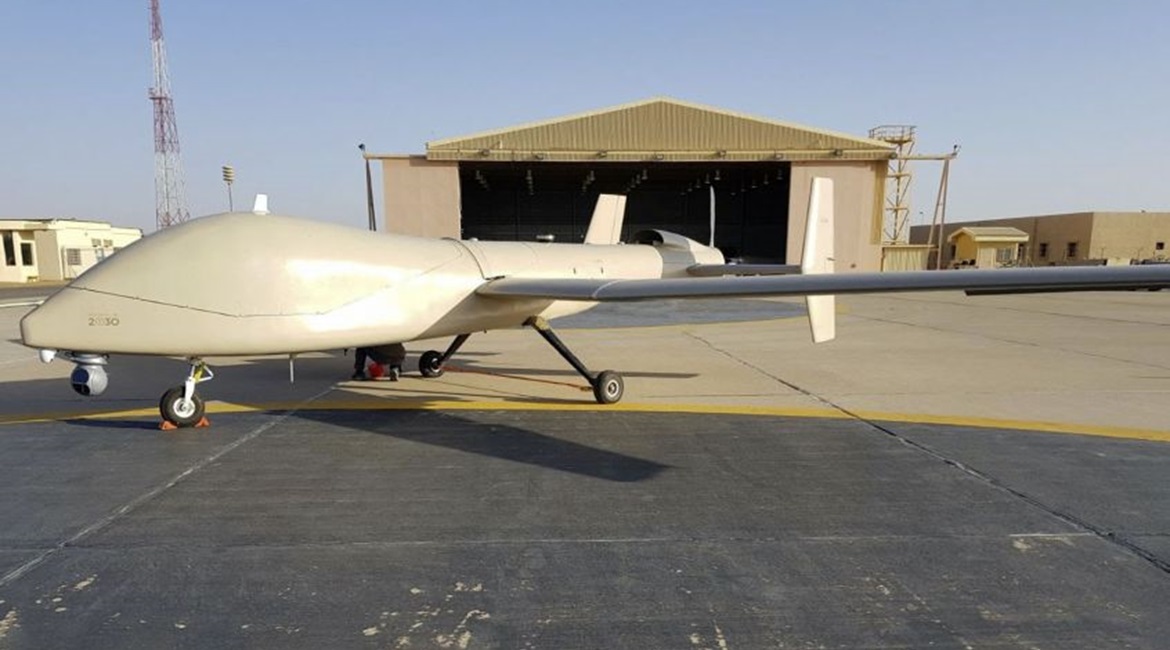
UAVOS and the King Abdulaziz City for Science and Technology (KACST) of Saudi Arabia are developing a new medium altitude long endurance (MALE) unmanned aerial vehicle, the Saker-1C, according to a company statement.
The Saker-1C can carry payloads ranging from synthetic aperture radar (SAR), imagery and coherent change detection, gyro-stabilised electro-optical/infrared (EO/IR) gimbal, and digital video datalink. The aircraft is designed to perform long-endurance surveillance, communications relay, and search and rescue missions, among others.

UAVOS and the King Abdulaziz City for Science and Technology (KACST) of Saudi Arabia are developing the Saker-1C, a new medium altitude long endurance (MALE) unmanned aerial vehicle (UAV).
The Saker-1C has a 300 kg payload capacity, which is larger than found on the smaller Saker-1B. Aliaksei Stratsilatau, UAVOS CEO and lead designer, told Janes on 28 May that the company had to make many trades, mostly for safety, to accommodate this larger payload capacity. The tail was modified to aid mass distribution in the fuselage and an increase of inertial moments.
Advanced wing mechanisation, such as flaps, spoilers, and winglets, Stratsilatau said, was also implemented to support flight controls in different aircraft configurations and changes of payload weight. He said one of the Saker-1C’s requirements is to be able to land fully-loaded, just after take-off, in case of emergency.
UAVOS, thus, had to implement emergency fuel drain, improve landing gear capacity, and redesign many safety procedures to be approved to operate in airspace. The increased payload capacity, Stratsilatau said, also made an impact on the power distribution system, which was redesigned.
Looking to read the full article?
Gain unlimited access to Janes news and more...






